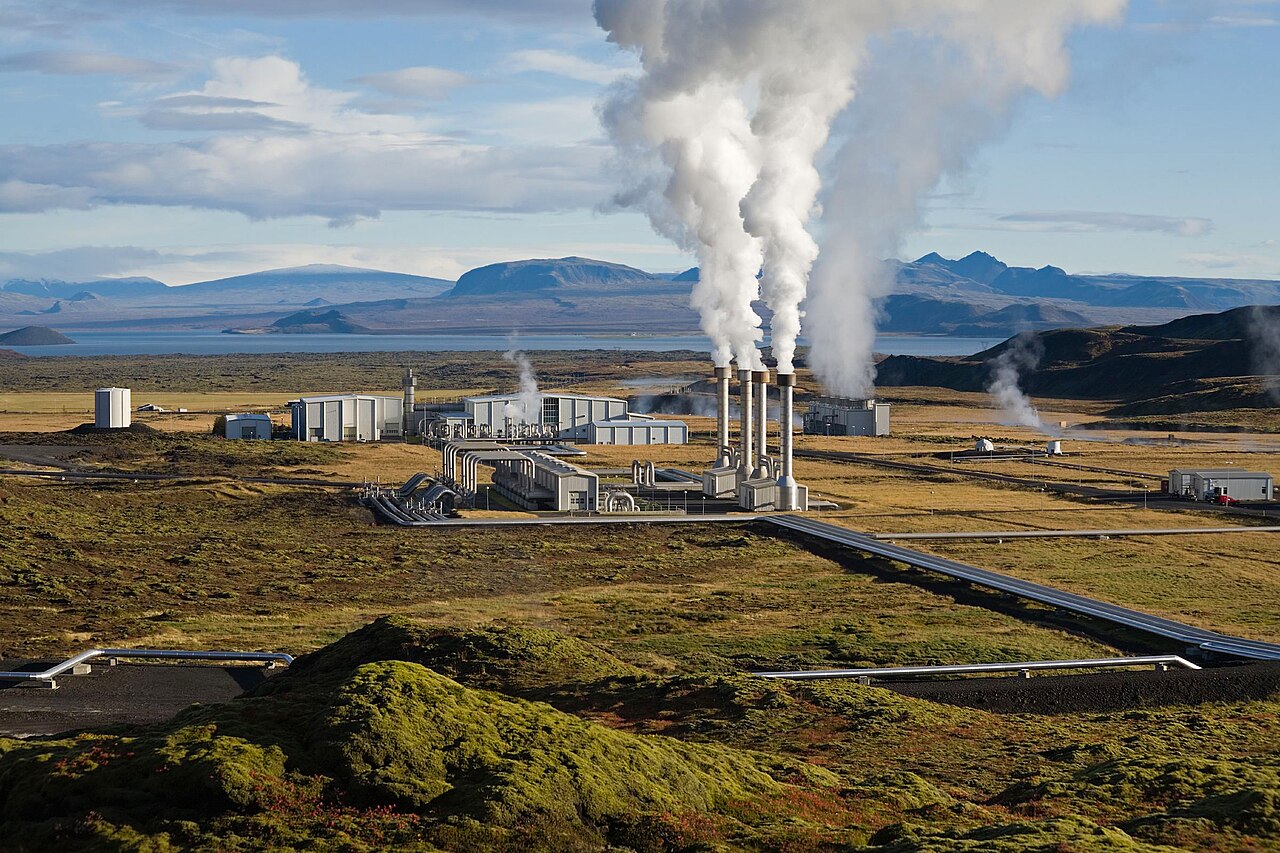ATK TAKI researchers investigate the correlations between changes observed in soil-plant-water systems during field experiments and the use of biochar
The Institute for Soil Sciences and Agricultural Chemistry of the ELKH Centre for Agricultural Research (ATK TAKI) has been conducting field, small plot and culture container experiments on biochar since 2014. These studies aim to explore the relationship between the use of biochar and various physical, chemical and biological properties of soil, and to assess the impact of biochar on plant development. In their latest experiment, the researchers investigated the physical and chemical properties of soil and the growth and development of maize after the use of biochar in small plots on clay loam soil. The study evaluated data from continuous soil moisture and soil temperature measurements, spectral reflectance measurements at different wavelengths to provide plant data, and soil sample analyses.
The most important spectral indicators include the photochemical reflectance index (PRI), normalized vegetation index (NDVI), and active photosynthetic radiation (PAR) or absorbed PAR fraction (fAPAR). In their previous studies, the researchers showed that a change in these indices can indicate a stress response in plants triggered by inadequate soil moisture or nutrient levels. While previous experiments demonstrated that the addition of biochar to the soil can increase yield, in the present experiment, despite the application of biochar, there was no significant difference in maize yield between treatments in either the first or second year. This is probably due to the high carbon-to-nitrogen (C/N) ratio of the biochar applied, which can negatively affect fertility, especially if no separate nitrogen fertilization takes place.
NDVI, an indicator of plant health including greenness and density, was not significantly lower in maize grown on biochar-treated soils than in control plots, contrary to expected results. However, the PRI and fAPAR values, which are related to plant stress response to physical and chemical changes in the soil, were higher than in the control plots. The NDVI, PRI values and the high level of root biomass in biochar treatment may indicate good nutrient utilisation by the plants. The application of biochar in the tested soil layers resulted in higher soil temperatures, which can have a major effect on plant growth.
In the two years studied, the researchers measured higher soil moisture levels in the biochar-treated soil immediately after rainfall events, but also faster drying in these plots, creating less favourable conditions for plant growth in more rainfall-deficient areas. Overall, the lower moisture content in the rain-free periods resulted in lower soil moisture values in the biochar-treated soils throughout the growing season. Although one of the characteristics of the biochar used in the experiment is that it has a positive effect on the size distribution of soil pores and can store moisture available to plants in its pores, this effect was not sufficient to increase yields in this case. More favourable results are likely to be obtained in areas less exposed to drought, where irrigation is possible, as well as sandy soils with poor water-holding capacity.
In the experiment, the researchers also examined soil carbon dioxide (CO2) and nitrous oxide (N2O) emissions and found that biochar application increased soil CO2 emissions, while N2O emissions decreased. Increased CO2 emissions stemming from the application of biochar on soil are associated with an increased amount of root biomass in this treatment. Increasing soil porosity with biochar provides more favourable conditions for aerobe microorganisms, which also contributes to an increase in CO2 emissions. At the same time, a reduction in N2O emissions was observed as a result of faster drying and reduced anaerobe processes.
It is important to note that the phenological state of the plants affects greenhouse gas emissions: both CO2 and N2O emissions are reduced after maturation and harvesting. The team's experiments have demonstrated that studying the relationship between soil moisture and spectral indices opens up new possibilities for soil and crop protection.

